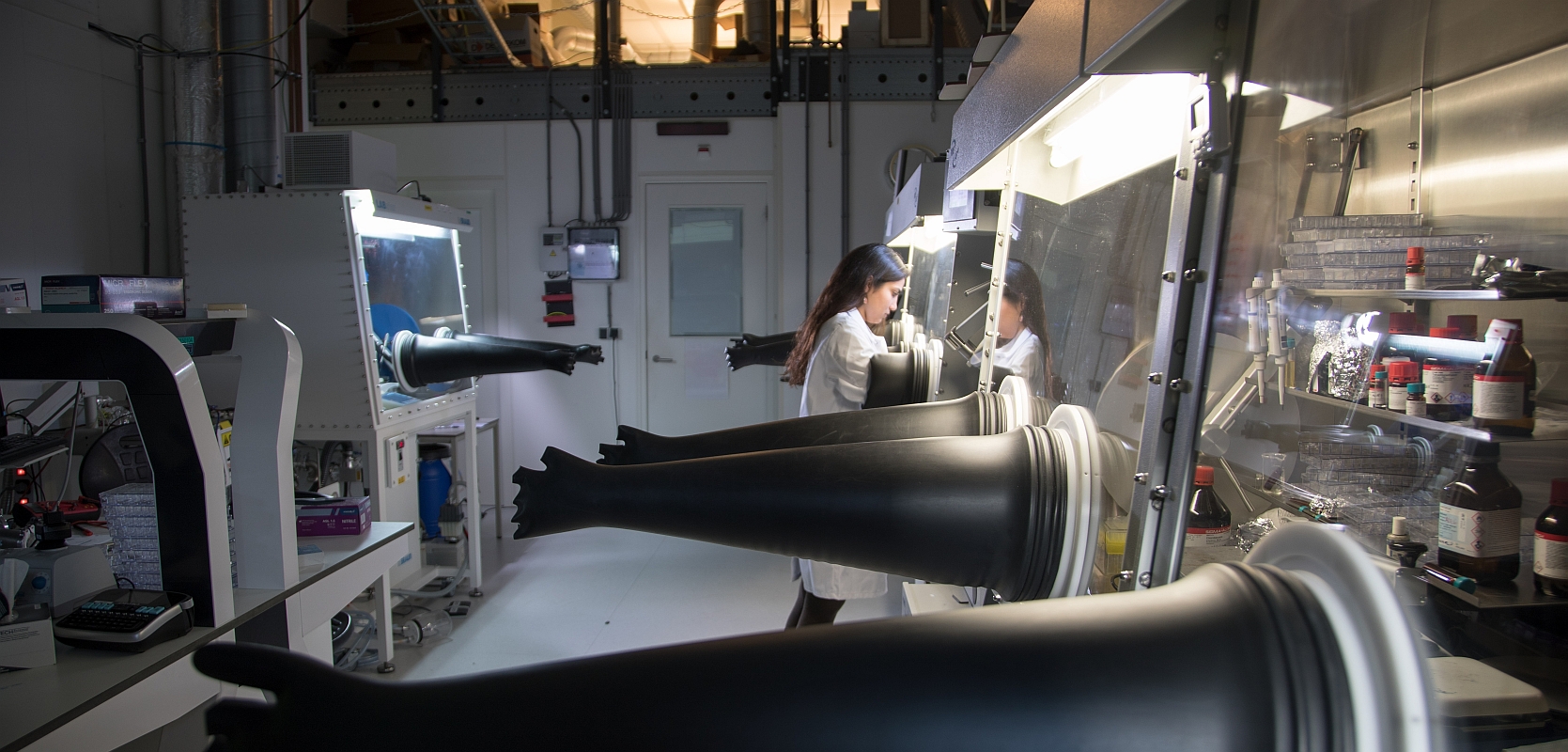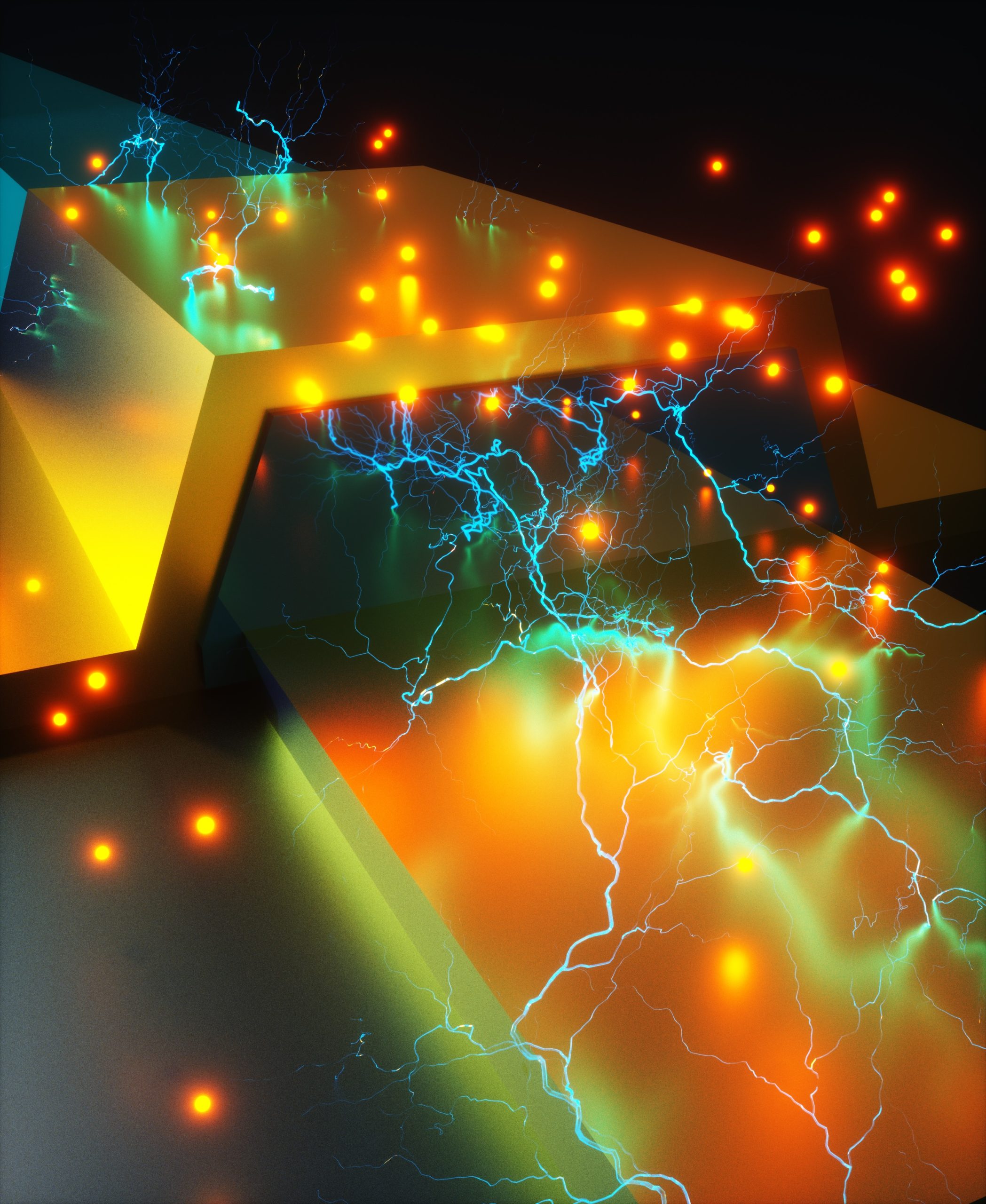
Research activities Hybrid Solar Cells

Hybrid perovskites
Perovskite solar cells have caused a huge surge of interest recently due to the fast growing efficiency, now approaching those of crystalline silicon. Stunningly, these materials are made of cheap and abundant ingredients, and are solution processable.
Despite the rapid progress in solar cell efficiency, many of the more fundamental properties are not well understood. To make further progress in materials design, in particular to reduce toxicity and increase lifetime, we need to fully understand these materials.
In the Hybrid Solar Cell Group we work towards a better understanding of the working principles of hybrid perovskite semiconductors, using a combination of spectroscopic methods and device design.
See our recent publications.

In the Hybrid Solar Cell Group we aim to utilize some of the unique properties of perovskite semiconductors: they are efficient conductors for electrons and ions. For solar cells and LEDs we need to carefully control the ion migration to ensure long-term stability. On the contrary, ion migration can be used to imprint memory in a device for energy-efficient computation. We fabricate artificial synapses and neurons with this mechanism to enable hardware neural networks.
Our group specializes in novel methods to characterize mobile ions, combining electrical spectroscopy, correlative microscopy and simulations.

